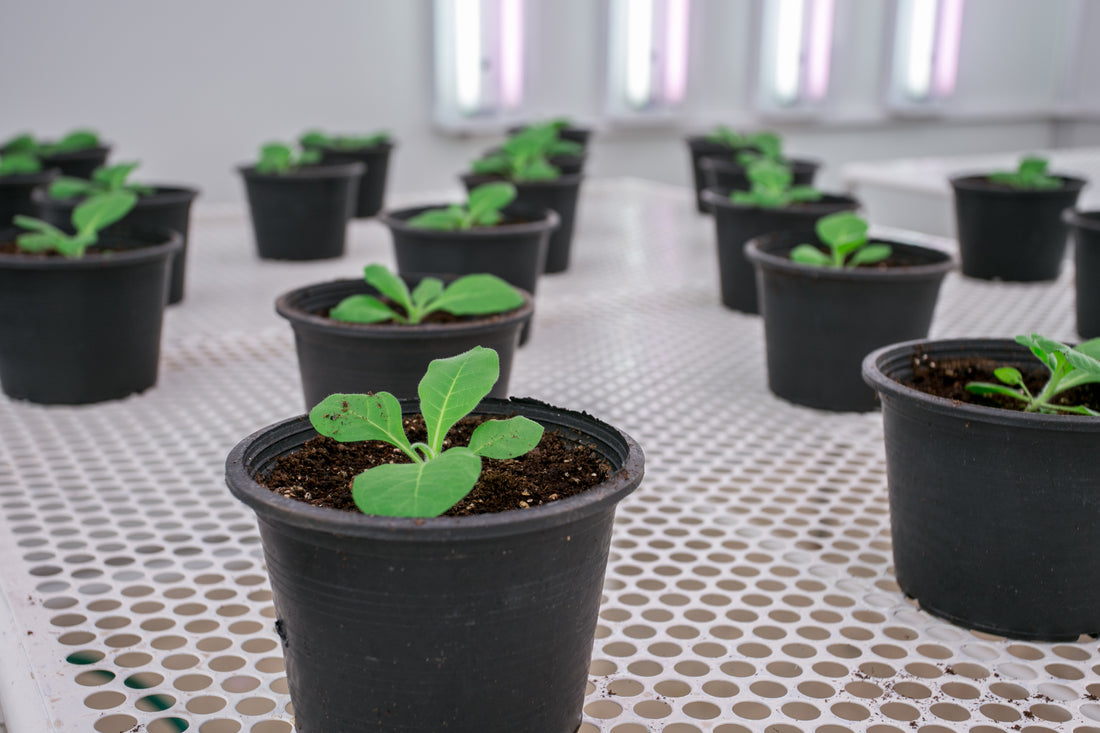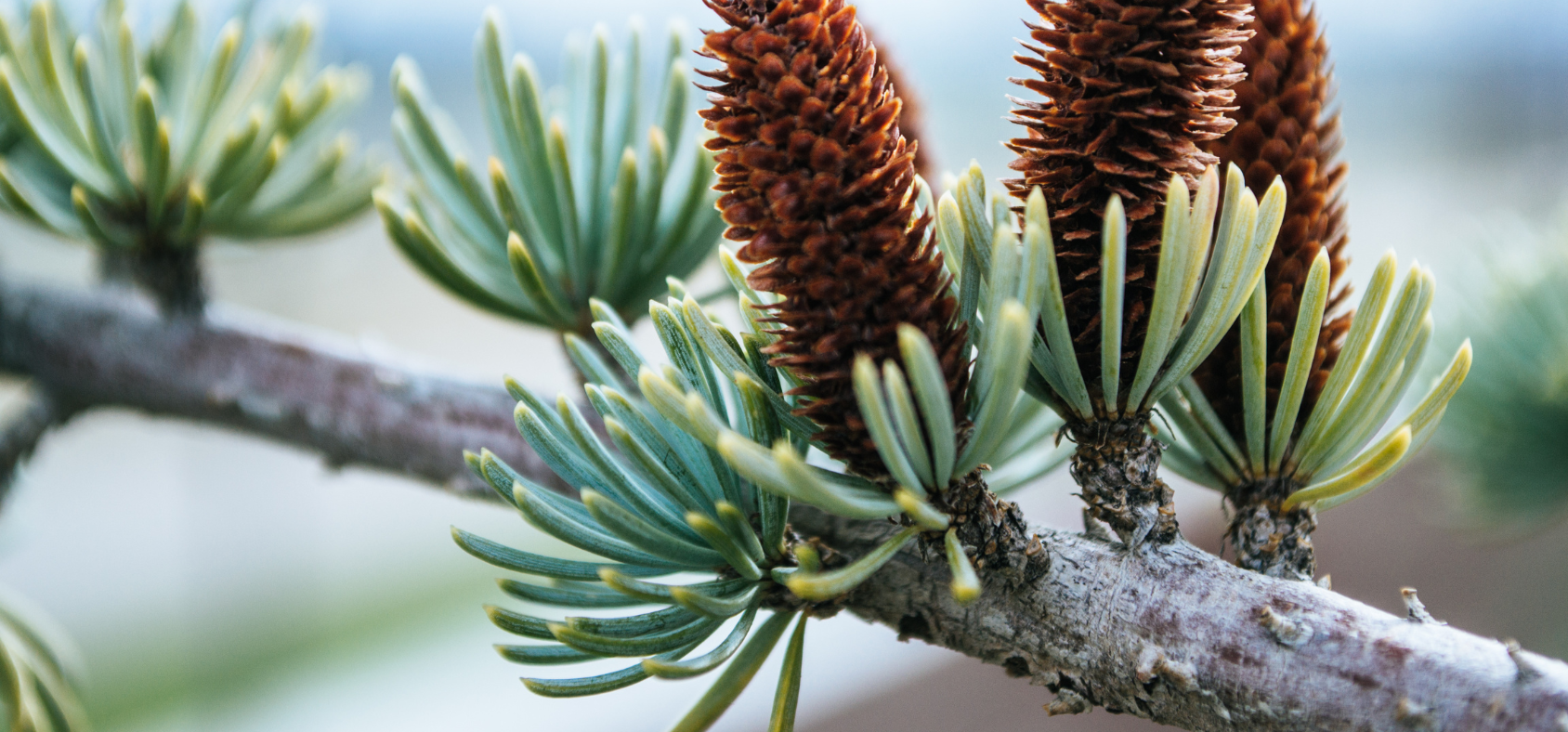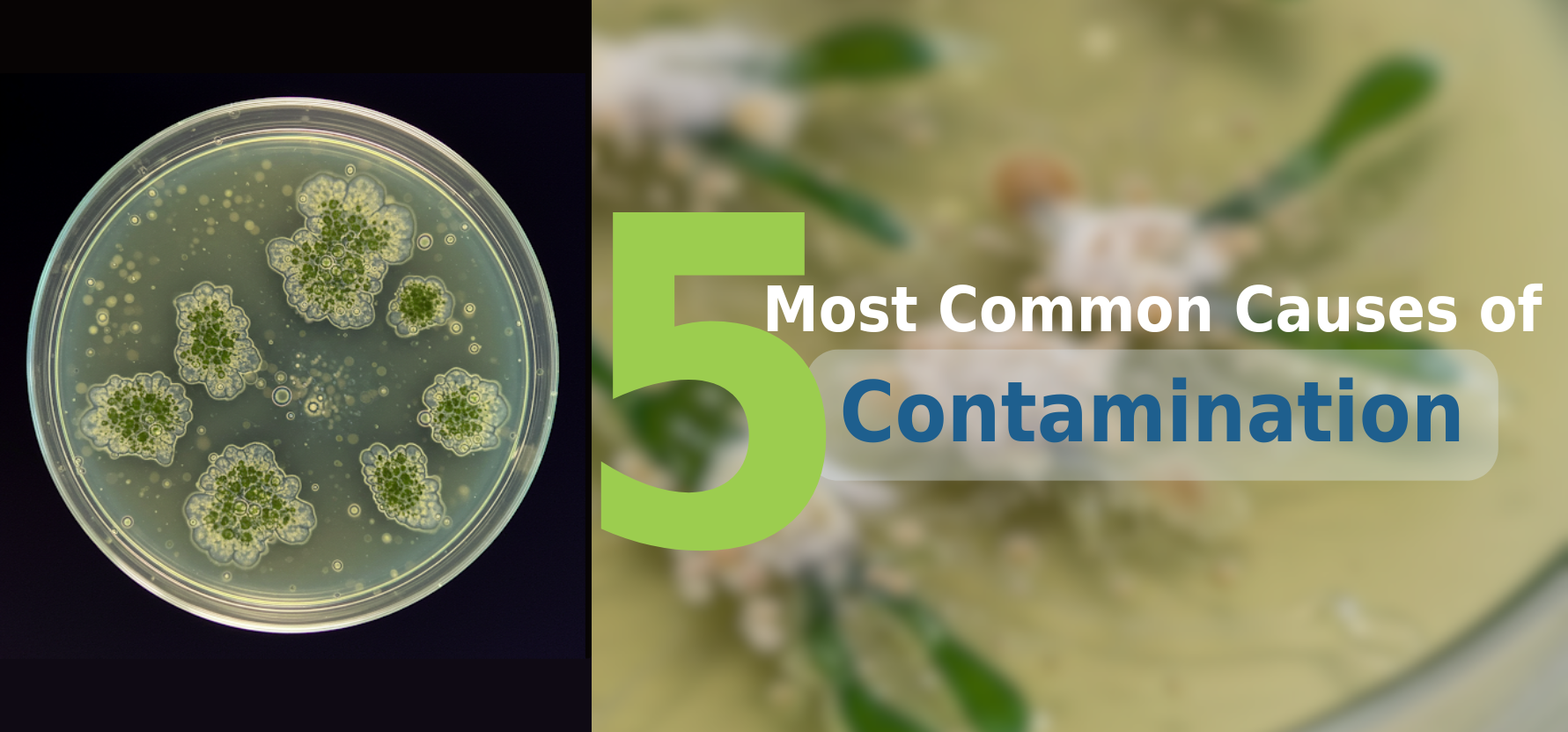Table of Contents
Introduction
The tissue culture technique has been popular in commercial space for large-scale multiplication of plants of elite superior varieties. The success of obtaining tissue cultured plants with high productivity and output depends on several factors including physical, physiological, and environmental factors.
The culture initiation depends on the genotype of the explant source, age of explant, and the type of explant and explant source. Similarly, the in vitro microenvironment of cultured plants affects the quality of their growth and development.
This article covers all about the role of environmental factors in deciding the in vitro development of plants.
Factors Affecting In Vitro Propagation
Light
The wavelength, flux density, and photoperiod are the three characteristics of light that influence plant development in tissue culture. They mainly impact the growth characteristics like stem elongation, leaf size, and plant anatomy of cultured plants.
The white fluorescent light is the primary light source for micropropagation. Their wavelength spectrum falls between 400-700 nm that matches with the requirements of in vitro cultures.
Other than white fluorescent lights, light-emitting diodes (LED) with a single wavelength, has been the best alternative among culturists.
Some scientists observed that a mix of blue (450-480 nm) and red (640-660 nm) LEDs support better plant growth than fluorescent light. But, the ratio of these lights depends on the species and cultivar of the plants. For example, the strawberry cultivar ‘Akihime’ prefers a combination of 30% blue+70% red lights for its healthy growth.
Scientists observed that increased light intensity with CO2 enrichment of the culture environment promotes the accumulation of photosynthetic compounds and stimulates photoautotrophic growth of chlorophyllous tissues.
The increased light intensity influences a positive change in plant tissue morphology including increased thickness of leaves, larger palisade, spongy parenchyma, and functional stomata, biomass yield, and enzymes involved in secondary metabolite production.
Light quality is another factor that affects the growth, physio-morphological characteristics, and secondary metabolite production in in-vitro plant tissues. And, in some plants, it also has a role in embryogenesis. For example in Cydonia oblonga, far-red, or red-far-red exposure, red light increases somatic embryos fourfold, compared to darkness.
Relative humidity
The typical relative humidity inside a tightly-sealed culture vessel ranges from 95% - 100% that has an essential role in the germination of in vitro somatic embryos. But, due to high relative humidity inside the culture vessel, the planets form poorly developed epicuticular wax layers and malfunctioning stomata.
These abnormalities lead to the death of the plant due to excessive water loss when transferred to when they are exposed to ex vitro ambient humidity.
The relative humidity in cultured plants can be controlled by:
- Moderately reduced relative humidity (75%-85%).
- Opening of culture containers for some days before acclimatization.
- The use of special closures facilitates water loss or the cooling of container bottoms, increasing the condensation of water vapor on the gel surface.
It can improve plant growth, epicuticular wax deposition, stomatal function, and reduces hyperhydricity, and consequently results in improved ex vitro survival and resistance to desiccation.
But, for non-hyperhydric tissues, reduced relative humidity can cause slightly reduced net photosynthesis, causing smaller leaf area, reduced stomatal opening leading to reduced mesophyll diffusion of intercellular CO2, and decreased quantum yield and efficiency.
Gas exchange
The proper gas exchange between the cultured plants is essential to avoid the accumulation of ethylene, high humidity, and depletion of CO2 that negatively affects the cultured plants.
The in vitro plants are grown in a closed cultured vessel. And to allow gas exchange between the plant and environment, either the seals are loosened or a passage is provided in the cap of the cultured vessel.
When you use a tightly closed vessel, the gas exchange is reduced, which negatively affects the normal growth and development of plants during in vitro cultivation. Whereas, the use of closures with filters or vented vessels, which allow gas exchange, increases the photosynthetic capacity, the multiplication rate, and the survival of plants after transfer to ex vitro conditions.
An increase in the CO2 concentration inside the culture vessel promotes photosynthesis and autotrophic growth, accompanied by elevated light intensity. A normal range of CO2 concentration in tissue cultured plants ranges between 0.1-0.3%.
Gas exchange can be increased by either increasing the passive ventilation in culture containers or integrating a system of forced ventilation.
The forced ventilation has become an essential tool in maintaining efficient gas exchange for photoautotrophic growth in large culture containers, like bioreactors.
Temperature
Temperature is one of the major factors influencing the physiological processes of plants, including respiration and photosynthesis. The most commonly preferred cultured temperature is between 20 ℃- 27 ℃. But, it also varies depending on the genotype of plants.
Excel In Your Tissue Culture Processes With PCT
The creation and maintenance of a perfect microenvironment around cultures are essential for the proper growth and development of in vitro plants.
Plant Cell Technology is helping culturists worldwide, with its tissue culture products and services, to kickstart their tissue culture business and excel in that!
So, snap up! And, buy all your tissue culture products from the PCT store now!
And not only this, if you get stuck in your process, get your instant perfect solution from PCT scientists by booking our consultation call.
Happy Culturing!!

Source: Giphy













Join the conversation
Your email address will not be published. Required fields are marked